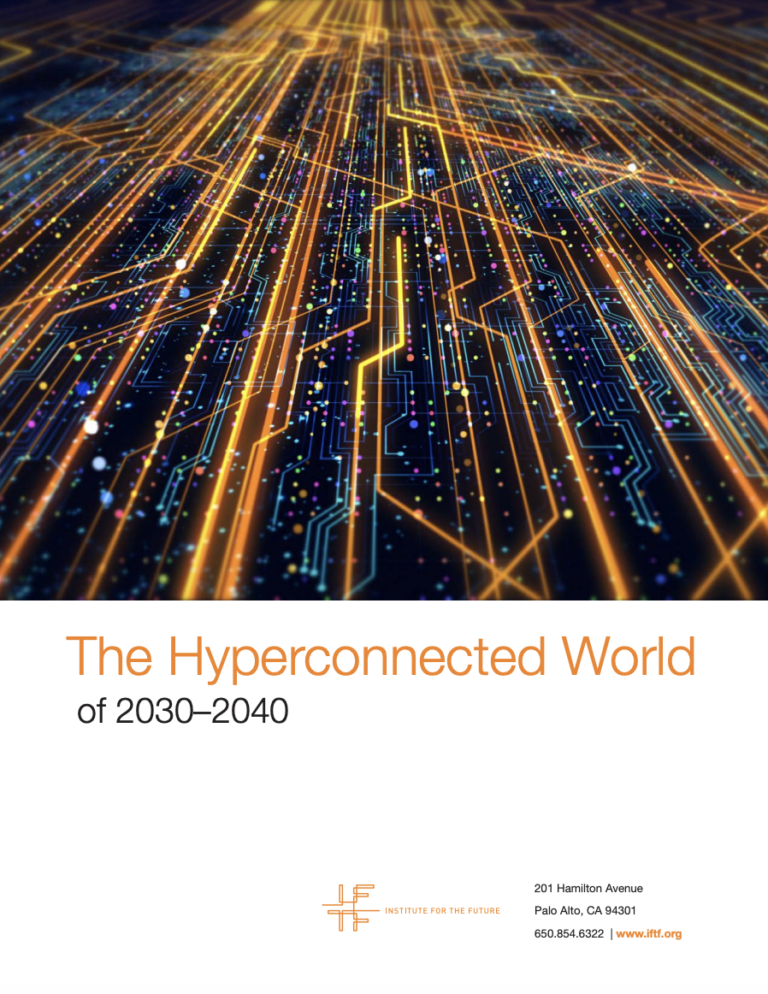Much has been written about the advent of 5G in recent years. Press coverage has tended to focus on deployment of the technologies that will enable the new high-speed network, or on which companies are racing to win contracts in key areas of coverage. While these aspects are important, less thought has been devoted to what the world looks like after 5G is successfully deployed around the world. What exactly does the hyperconnected world of 2030–2040 look like? The hyperconnected world is a future in which 5G networks have been widely and globally deployed, and in which the normal, day-to-day functioning of society depends on billions of connected devices having highly reliable, low-latency connectivity.
Simply put, this world means more data, more devices, and more interactions between the two. A hyperconnected world will support up to 1 million devices per square kilometer of coverage area, orders of magnitude more than the 60,000 devices currently possible with 4G LTE networks. Sensor devices will become omnipresent—20.4 billion devices embedded with connected sensors will be operative this year alone. In this future, the very definition of scale itself will change—instead of billions of devices, the world will support hundreds of billions, or possibly trillions. The total amount of data produced in human history, already doubling every two years, is likely to double every six months. While the figures are impressive, less thought has been given to what this world will look like, and what the positive and negative effects of hyperconnection are likely to be—until now. The goal of this report is to forecast the hyperconnected world.
Download the full report below, to read about areas of concern, takeaways from the expert workshop, and Hyperconnectivity in 4 Alternative Futures.

